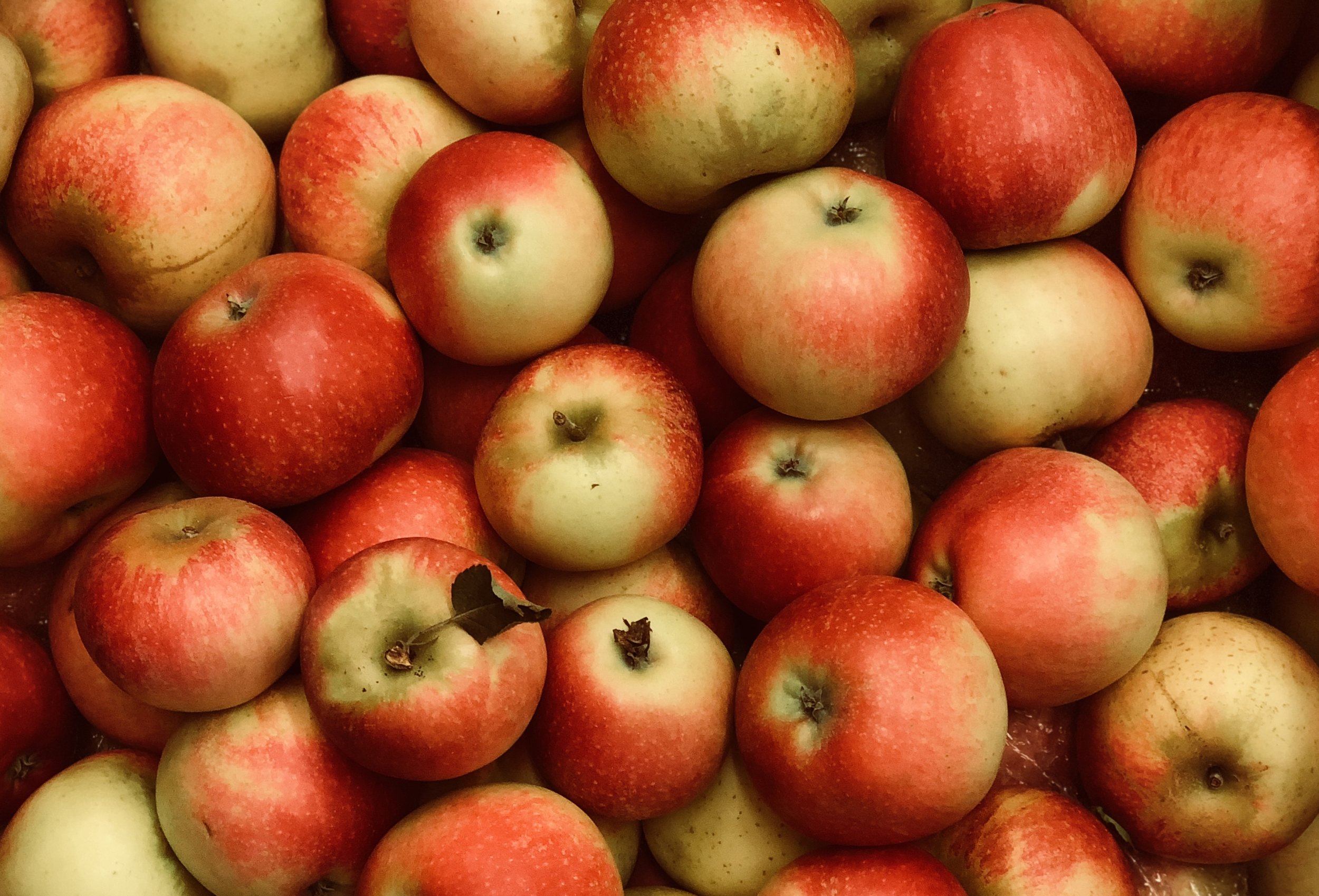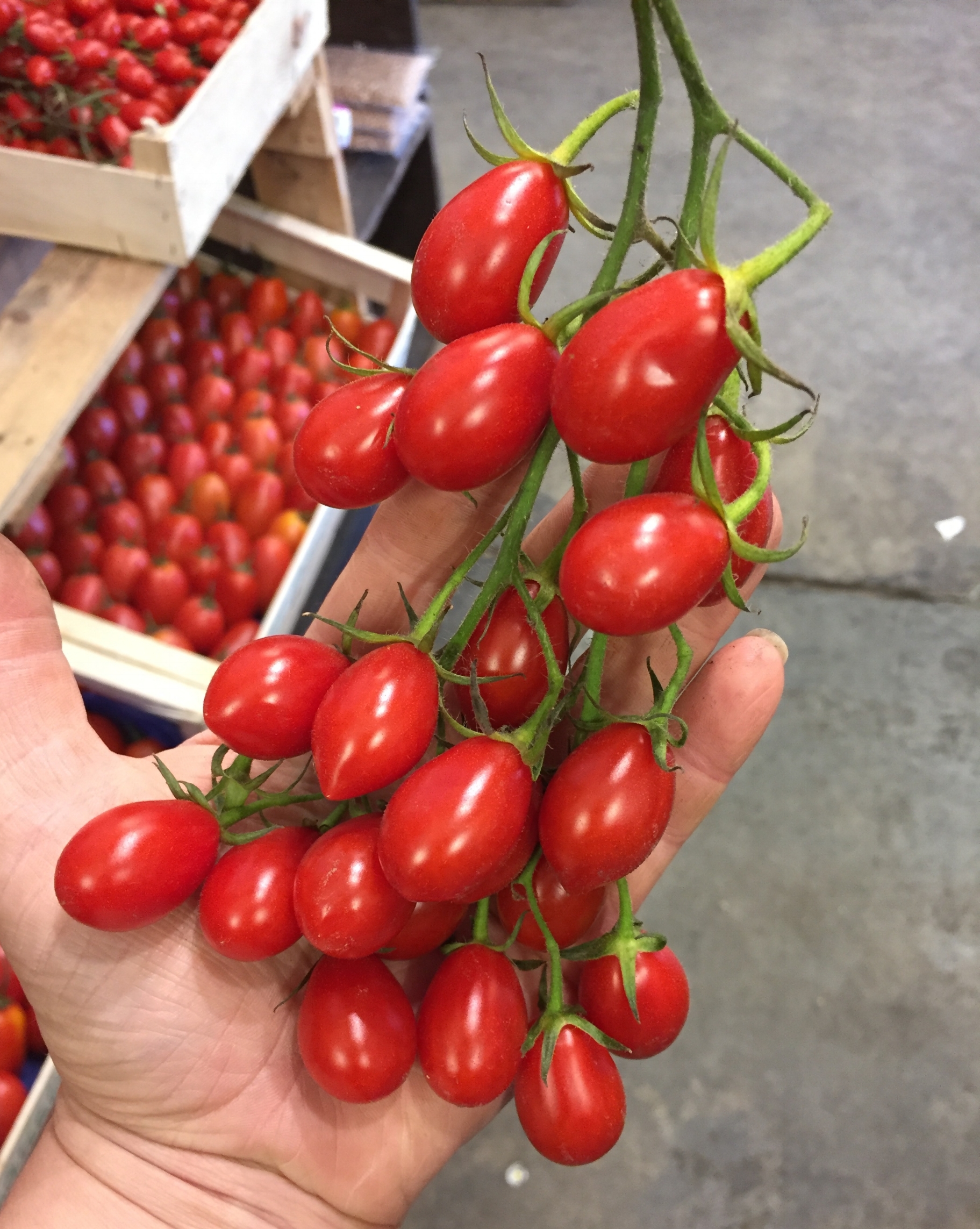Carrots
Carrots are such a staple of the kitchen that it’s easy to take them for granted. Once, they were as exotic here as aubergines, courgettes and peppers were before Elizabeth David’s influential A Book of Mediterranean Food, (widely credited with creating demand). The familiar bunch of orange carrots we pick up as part of our weekly shop derive from a purple carrot grown first in Afghanistan in the 7th century. The Moors are credited with its spread to Western Europe along with a yellow mutant root. It’s thought the Dutch, brought the two together to produce the now ubiquitous bright orange carrot that, since the 19th century, has been a common standby vegetable in British kitchens. After many years of breeding ever sweeter and more uniform carrots, we are now seeing a return to more interesting varieties like Chantenay, Violet and De Djerba as we find a new appreciation for the more earthy, darker-hued carrots from which they originate. A variety we are always happy to see is the Sand Carrot (Carotte de Créances or Carotte de Sable). Grown in an around eight villages in the Créances Basin on the west coast of Normandy, they are deep orange in colour. Their flavour owes much to the sandy soil which has been fertilised with seaweed for generations. The legendary fruit and veg man Charlie Hicks, who sadly died in 2018, has more to say on the subject of Sand Carrots here.
The gentle frying together of onion, carrot and celery (and sometime one or two other ingredients) occurs in many cuisines – in Italy it makes a soffritto, in France and in Britain it’s a mirepoix, Spain has its sofrito, while Germany’s mix is Suppengrün. This combination is often referred to as the aromatics and is the start to a huge number of European dishes.
The carrot’s sugar content is relatively high – it can be as much as 5% - which means it lends itself to inclusion in both savoury and sweet dishes. Later in the year they grow a little less sweet. In milder areas carrots can be left in the ground well into winter if their tops are cut off to avoid being nipped by frost. When buying carrots, the green of their tops is a good indication of how freshly they have been dug. However, carrots keep better with their tops removed, loosely wrapped and placed in the coldest part of your fridge.
Carrots take to spices very well. Coriander, cumin and caraway are particularly suited. Very sweet carrots can benefit from the zing of acidity a splash of orange juice brings. Summer-harvested carrots need only to be washed and eaten raw or lightly cooked. Peeling is often unnecessary. A plate of raw carrots, cucumber, fennel and radish served with bowls of Hummus or aioli is redolent of summer picnics. In France it’s almost mandatory to have some dressed shredded carrot on the school lunch plate - some roasted pumpkin or sunflower seeds is a nice addition. Simon Hopkinson, in his book The Vegetarian Option, has a fresh and zingy Carrot salad with coriander and green chilli – toss 300g of peeled and grated carrot in a mix of 1½ tsp of sea salt,1½ tsp of sugar and the juice of 1 lime and leave to macerate for 30 minutes. Toast and lightly crush 1 tsp of coriander seeds. Chop some coriander leaves and a green chilli together and mix them with the carrots. If you have the barbecue going, or a grill pan, parboil carrots whole, toss in a vinaigrette dressing and grill them until just tender.
As the year moves on we look for different ways to use carrots. Nigel Slater has a recipe for Carrot and coriander fritters. The carrot, grated with onion and garlic, is bound with egg, cream, cheese and a little flour before being shallow fried. In autumn, when roasted with other root vegetables, like turnip and parsnip, the carrots’ sweetness tempers the stronger earthiness of the other roots. They bring an earthy sweetness to many of the soups and stews we start to crave. The classic French Potage Crecy or Carrot and Coriander soup have stood the test of time. Braised or boiled Beef and Carrots is more of a British classic and caramelised carrots are a beautiful accompaniment to a rich Oxtail Stew.
Harnessing the sweet nature of carrots, there’s an 18th century ‘English Carrot Pudding’, which today we’d see as an open pastry tart, filled with grated carrot, breadcrumbs, eggs, cream, butter, a little sugar and brandy. There’s classic Carrot Cake with its lightly sweetened cream-cheese topping, of course. In India, there’s fudgy Halwa – grated carrot softened in butter, condensed milk and ground cardamom. Meera Sodha, in her book Fresh India, serves her Halwa with caramelized garam masala pecan nuts.
Versatile carrots also preserve well as jam/marmalade, chutneys, pickles and ferments.

































































